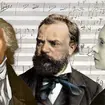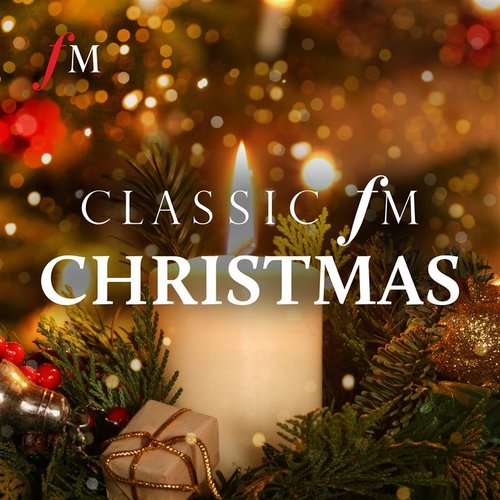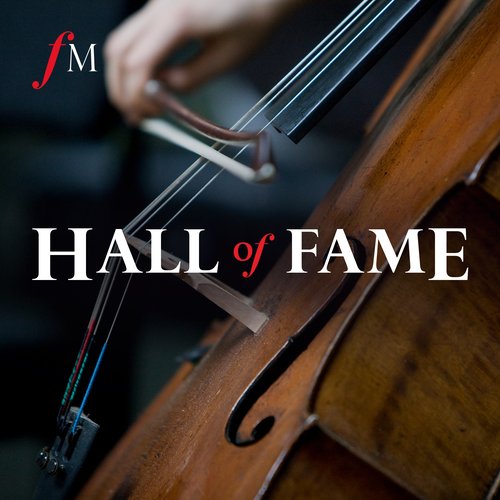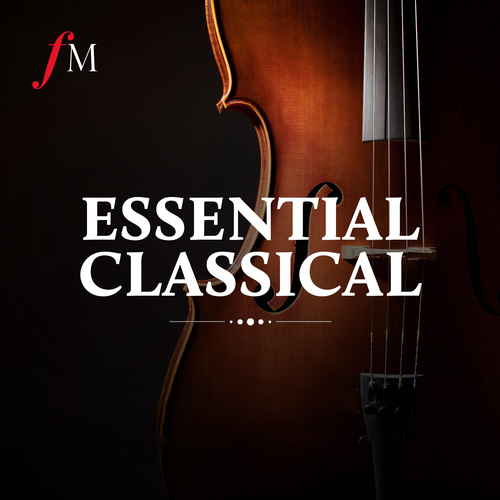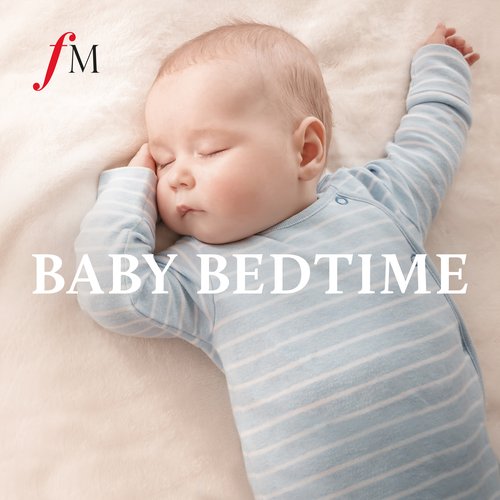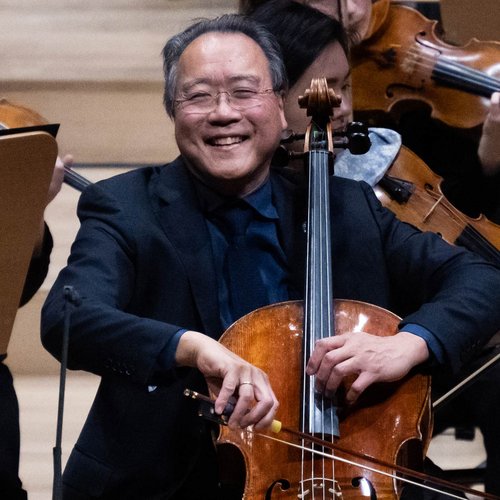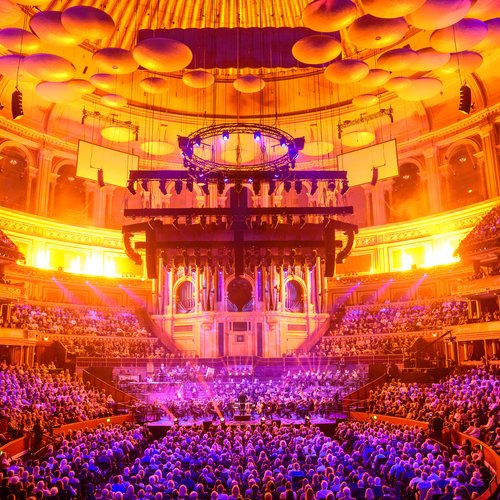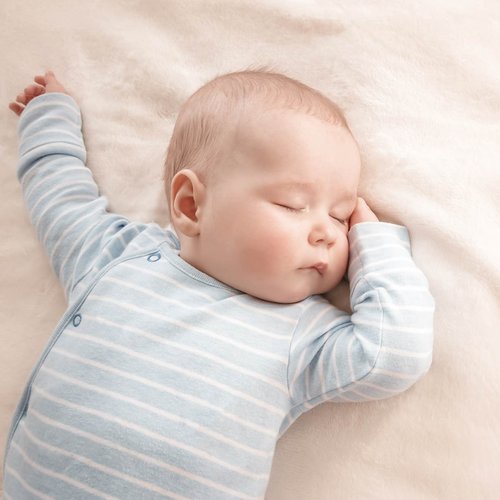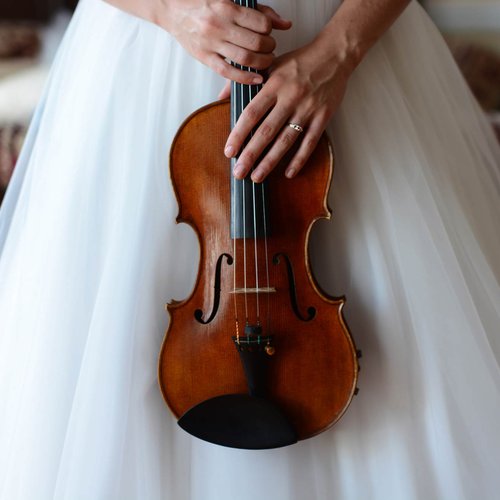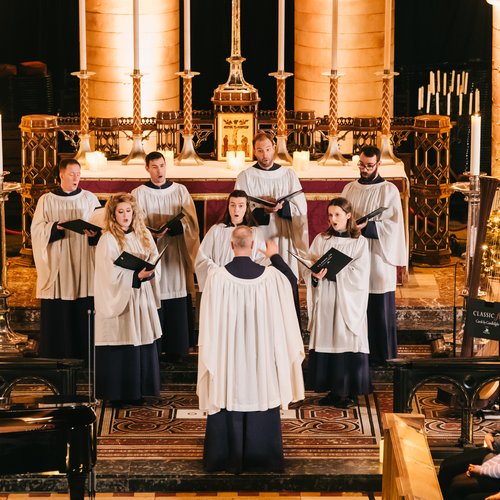What’s the difference between a soprano and a mezzo? An opera singer explains
19 August 2019, 15:41 | Updated: 22 February 2023, 08:55

What Is A Mezzo Soprano? | Discover Voices | Classic FM
Whether singing Carmen or Cherubino, mezzo sopranos are the versatile stars of opera. But what makes a mezzo a mezzo? Canadian-Irish opera singer Wallis Giunta introduces her voice part...
In its simplest terms, ‘mezzo’ (literally meaning ‘middle’ in Italian’) is the middle range for a female singer.
“But more than a voice type,” says Wallis Giunta, “A mezzo soprano is a colour, and a range of voice that helps to identify what repertoire is best suited to a certain type of singer.”
What’s the range of a mezzo soprano?
The typical range for a mezzo is between A3 (the A below middle C) and A5 (two octaves higher). But Wallis’ voice stretches a little further…
“My range is typically C3 (the C below middle C) to C6 – a three-octave range.
“I use the extremes very little, and the middle all the time. The richest colour for me sits between middle C and the D two octaves above.”
A mezzo’s range isn’t actually that fixed – but in general, it sits comfortably slightly lower than a soprano, and slightly higher than an alto.
Mezzos can sing high notes too!
Sure, a soprano would sing a high C with flexibility, and she’d also be able to sing really quietly and taper away on that note.
Mezzos, on the other hand, spend most of their time singing in the middle of their vocal range – but that doesn’t mean they can’t go up there.
“I could still go up to that high C, but for me it would be more full-throttle,” says Wallis (watch her demo in the video below).

What Is The Range Of A Mezzo Soprano? | Discover Voices | Classic FM
What are the categories of mezzo soprano?
Within the mezzo voice type category, there are three generally recognised sub-categories: lyric, dramatic and coloratura.
Lyric mezzos often get to cross-dress and play trouser (or ‘pant’) roles such as Cherubino, the teenage boy from Mozart’s The Marriage of Figaro.
Dramatic mezzos, on the other hand, are well suited to opera’s femme fatale figures; most famously, Bizet’s Carmen.
“When I do Carmen,” Wallis explains, “I sing her with the same voice I have, but she’s got a more feminine, earthy, deeper sound than my Cherubino would.”
By contrast, coloratura mezzo sopranos are suited to long lines of fast notes – think ‘Non più mesta’ from Rossini’s Cenerentola:

OPERA PLANET Elīna Garanča "Non più mesta" Centerentola Rossini 4K ULTRA HD
Sure – so what do mezzos sound like?
“People usually say mezzos have richer, darker, rounder sound,” Wallis continues, “While sopranos are more silvery. They aren’t necessarily lighter, but they have a brighter tone.”
“And then of course the alto – the lowest voice type for a woman – is the darkest, the richest. They’re rarer as well, and there are less roles written for them in the opera repertoire. But when you find one, it’s a real gem.”
And what characters do they play in opera?
“It’s an interesting thing, but in each opera, usually the heroine, the damsel in distress, the leading lady, is the soprano. There are exceptions, but usually it’s the soprano.
“And the mezzo is either a young boy, the old woman, gypsy, witch, some kind of servant or maid, the sister or supporting woman.
“The soprano is usually a little bit more one-dimensional. She’s often saved by someone else, and she doesn’t really get to have control over her own destiny.
“Of course, this is changing, and modern opera is exploring a lot more variety of character types within each voice range.”
To learn more about voice parts, go to Classic FM’s Discover Voices playlist on YouTube.









